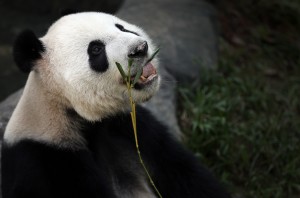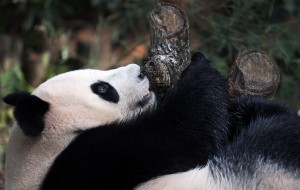According to a recent study, increases in temperature in China will harm the growth of bamboo, which is a common food source for Pandas, an endangered species. However, if the bamboo can be moved to places with more appropriate climate temperatures, they may be able to save both the food source and the pandas.
Panda bears have proven to become popular animals, which is especially evident through various media platforms. For example, this video of a sneezing panda went viral at more than 150 million views, and this video of pandas playing on a slide also received more than 2 million views.
Pandas mostly live in reserves away from human contact and with suitable climates for bamboo growth, however, the places could soon by inhabited by humans.

In an article on msn.com, research team member Jianguo Liu was quoted as saying, “It is tough, but I think there’s still hope, if we take action now. If we wait, then we could be too late.”
According to msn. com, the reason this scenario presents a problem is that because pandas are endangered, they are kept on reserves, where bamboo growth is abundant. Yet not only will these areas soon be inhabited by humans, but all of these locations will soon be unable to sustain bamboo growth.
Msn.com also reports that lack of bamboo is not the only problem that may be in store for pandas.
China Highlights reports that Pandas’ diets are made up of about 99 percent bamboo, which is about 3,500 stalks a day per panda. Without bamboo, a panda would not be able to survive on other food sources alone. Msn.com reports that the success of relocating bamboo to appropriate climates depends on green-house gas emission.

Female Giant Panda “Jia Jia”, one of two Giant Pandas from China is seen in its enclosure on Monday Oct. 29, 2012 in Singapore.
LiveScience also quoted Liu, who said that “even with very hopeful scenarios, where we allow bamboo to go anywhere it wants, there are still very severe consequences. Of course, if the bamboo has nowhere to go, then the panda habitat will be lost more quickly.”
To read more about the study, visit the journal Nature Climate Change, in the Nov. 11 issue.




